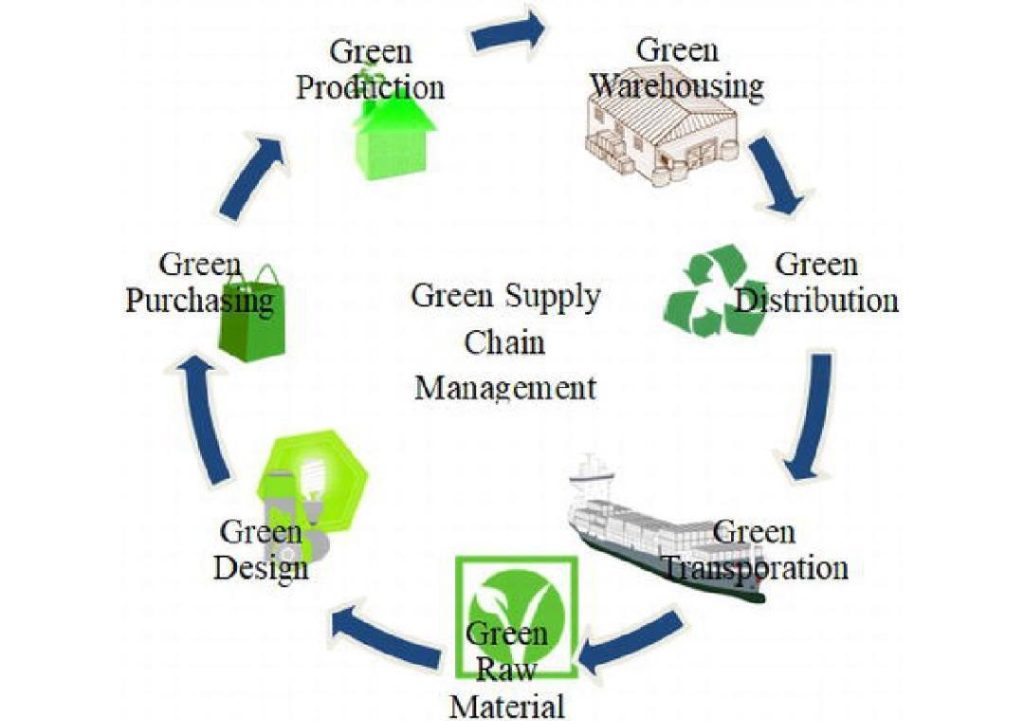
Can Green Supply Chains Cut Costs and Emissions?
As businesses strive to reduce their environmental footprint and stay competitive in a rapidly changing market, the concept of green supply chain management has gained significant attention in recent years. By integrating sustainability into the supply chain, companies can not only reduce their carbon emissions but also cut costs and improve their bottom line. In this blog post, we’ll explore the benefits of green supply chain management, highlight the key strategies for implementation, and provide insights on how to measure the cost impact and regulatory risk of this approach.
Benefits of Green Supply Chain Management
Green supply chain management offers several benefits to businesses, including:
- Cost savings: By reducing waste, energy consumption, and emissions, companies can cut their operational costs and improve their profitability.
- Reputation and brand image: Companies that prioritize sustainability and reduce their environmental impact are more likely to build trust with customers and investors, enhancing their reputation and brand image.
- Compliance with regulations: Governments are increasingly implementing regulations and policies to reduce greenhouse gas emissions and promote sustainability. Green supply chain management helps companies comply with these regulations and avoid fines and penalties.
- Innovation and differentiation: By adopting green supply chain practices, companies can innovate and differentiate themselves from competitors, creating a competitive advantage in the market.
- Risk management: Green supply chain management helps companies manage risks associated with climate change, such as supply chain disruptions and reputation damage.
Key Strategies for Green Supply Chain Management
To implement green supply chain management, companies can follow these key strategies:
- Map emissions: Conduct a supplier emissions hotspot audit to identify areas of high emissions and prioritize mitigation efforts.
- Reduce waste: Implement waste reduction and recycling programs, and design products and packaging for circularity.
- Redesign flows: Analyze and optimize supply chain flows to reduce energy consumption, emissions, and waste.
- Pilot low-emission carriers and recyclable packaging: Test and implement low-emission carriers and recyclable packaging to reduce emissions and waste.
- Align procurement scorecards to sustainability KPIs: Incorporate sustainability metrics into procurement scorecards to ensure that suppliers are meeting environmental standards.
- Set measurable targets: Establish measurable targets for reducing emissions, waste, and energy consumption, and track progress towards these goals.
Measuring the Cost Impact and Regulatory Risk
To measure the cost impact and regulatory risk of green supply chain management, companies can:
- Track cost savings: Monitor and track cost savings from reduced energy consumption, waste, and emissions.
- Monitor regulatory compliance: Stay up-to-date with changing regulations and policies related to sustainability and greenhouse gas emissions.
- Assess supplier risk: Evaluate the risk of non-compliance with sustainability standards and regulations among suppliers.
- Conduct regular audits: Regularly audit suppliers and operations to ensure compliance with sustainability standards and regulations.
- Engage stakeholders: Engage with stakeholders, including customers, investors, and employees, to communicate sustainability goals and progress.
Scaling Green Supply Chain Management
As companies scale their green supply chain management efforts, they can:
- Pilot and test: Pilot and test new sustainability initiatives and technologies to ensure effectiveness and scalability.
- Collaborate with suppliers: Collaborate with suppliers to implement sustainability initiatives and share best practices.
- Monitor and track progress: Regularly monitor and track progress towards sustainability goals and adjust strategies as needed.
- Communicate with stakeholders: Communicate sustainability goals and progress to stakeholders, including customers, investors, and employees.
- Continuously improve: Continuously improve sustainability practices and operations to stay ahead of changing regulations and market trends.
Conclusion
Green supply chain management offers significant benefits to businesses, including cost savings, reputation enhancement, compliance with regulations, innovation, and risk management. By implementing key strategies, such as mapping emissions, reducing waste, and redesigning flows, companies can reduce their environmental impact and improve their bottom line. Measuring the cost impact and regulatory risk of green supply chain management is crucial to ensuring the effectiveness and scalability of this approach. As companies continue to prioritize sustainability, green supply chain management will play a critical role in driving innovation and differentiation in the market.
Source:
https://www.growthjockey.com/blogs/green-supply-chain-management-guide






